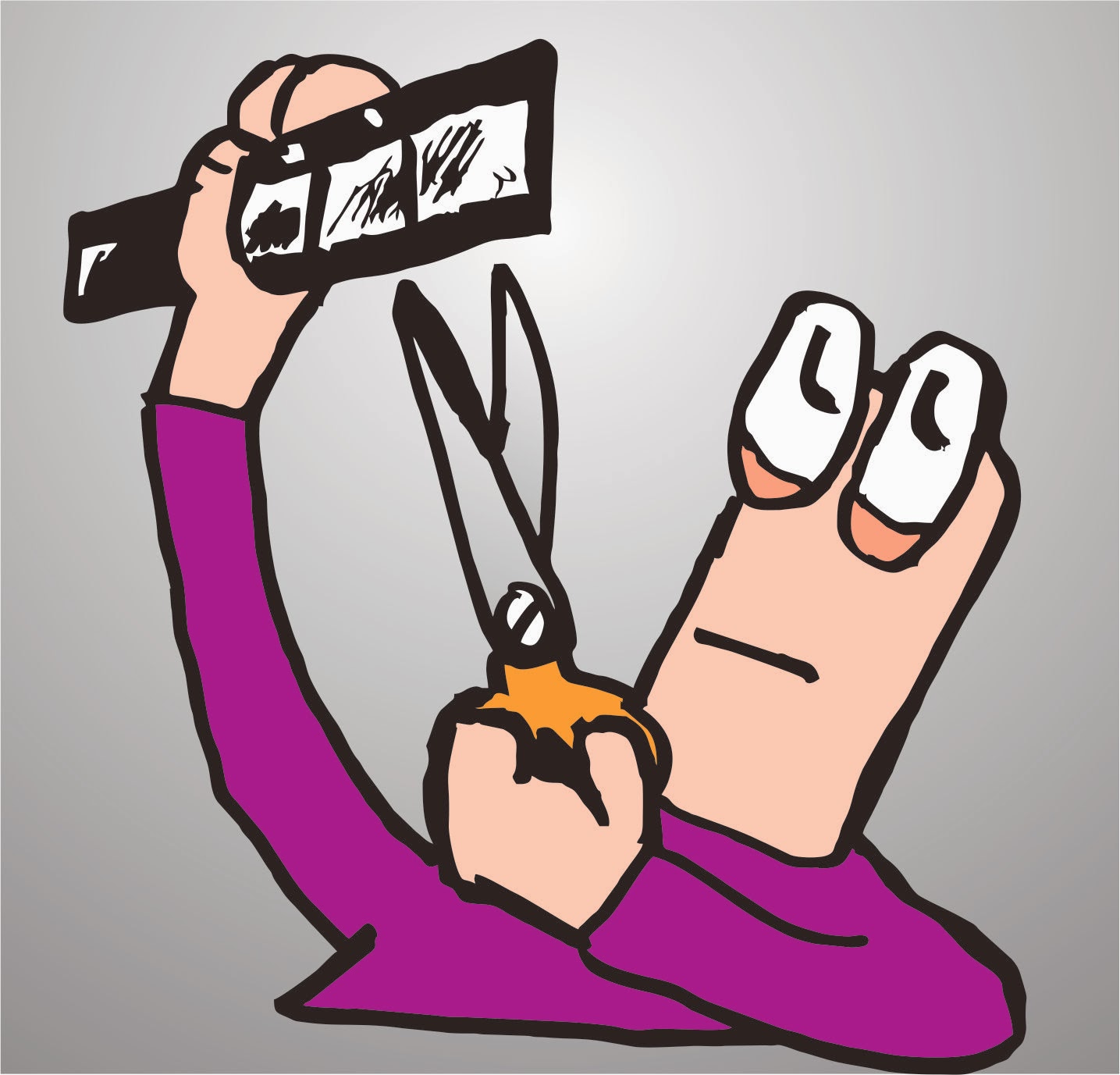 This is a really
hard thing for a lot of photographers, maybe even me. The simplest way to cull
photos is actually not take them in the first place. However with digital
cameras it is just too easy to keep pressing the shutter button, well until
your memory card fills. These cards are very affordable (now less in most cases
than a roll of 35mm film). So the temptation is there to "Spray &
Pray".
This is a really
hard thing for a lot of photographers, maybe even me. The simplest way to cull
photos is actually not take them in the first place. However with digital
cameras it is just too easy to keep pressing the shutter button, well until
your memory card fills. These cards are very affordable (now less in most cases
than a roll of 35mm film). So the temptation is there to "Spray &
Pray".
I don't think there
is a perfect way to sort and organise photos. It is a very personal thing in
reality. However I don’t really like being forced into a specific
"workflow" that must be religiously followed (are you listening
lightroom?). Trying to rate images immediately by "chimping" (looking
at the LCD screen on the back of the camera), not only wastes time you could be
taking photographs, the ambient light will probably make the image hard to view
and evaluate properly. I know in my bones that as you first load and review
your photos (whether that is from your phone onto a web service or from a DSLR
onto your computer), that the right time to do the culling is as you first view
your images. Trust your first
impressions and gut feel they are probably right.
Here is my list of
what should be discarded immediately
- Very poorly exposed (see caveat below)
- Subject out of focus (the degree of sharpness is a personal thing because post processing sharpening has come along way)
- Subject is awkwardly cut off
- The photo is not flattering or shows potential for embarrassment (no definitely don't post it on instagram delete it now!)
- There is a set of very close photos/images (unless that are really good just keep one, it may be the first rather than the last!)
To be honest you can
"rescue" a lot of poorly
exposed photos, particularly if you have the RAW original, but if the image
doesn't "grab you" to begin with, you will just end up with a boring
yet better exposed image. You may as well discard it.
At the same time you
are culling you should also flag those images that have potential for post
processing. I have found I much prefer doing this stage in Picasa or Corel
Aftershot Pro. In Picasa I delete both the jpeg & RAW files immediately and
flag the photos with potential with a star (Picasa only has a one star rating).
In AfterShot Pro I don't bother importing the images into its library/catalogue
but I do use their flags, which are the same as lightroom's also I'm finding
after shot's compare view (like lightroom's survey mode) nice to use (picasa
can compare two images nicely but after that its complex) and also after shot's
little magnifier is a real gem. The nice thing with after shot is you can save
the metadata and ratings done at this stage to an XMP sidecar file and these
settings will be loaded in lightroom later. The big advantage of this approach
is speed (if you have a full 4GB card) I can pretty much guarantee you will be able to the load the photos from the card, do the culling and rating in Picasa and/or AfterShot Pro before
lightroom has even finished importing the photos off the card.
No comments:
Post a Comment